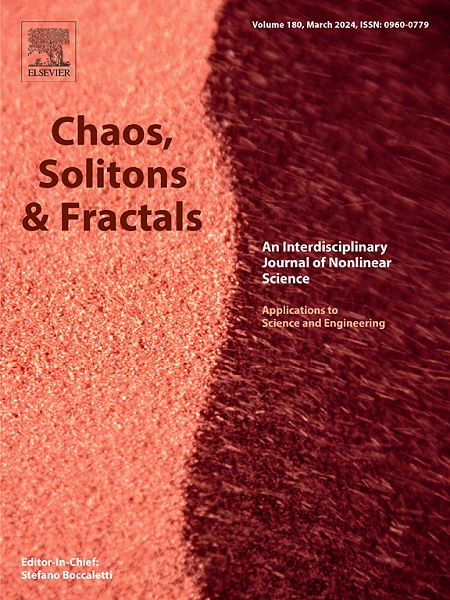在空间网络中以最小的附带损害进行目标攻击
IF 5.3
1区 数学
Q1 MATHEMATICS, INTERDISCIPLINARY APPLICATIONS
引用次数: 0
摘要
空间网络中的针对性攻击在交通、电网、通信网络等现实系统中有着广泛的应用,但也可能对系统造成附带损害,因此如何开展针对性攻击是一个重要的研究问题。本文介绍了一种新的有效攻击策略——逆梯度攻击(RGA),旨在优化攻击精度,同时最小化附带损害。通过结合空间约束和利用基于梯度的强度映射框架,RGA确定了精确目标干预的最佳攻击中心。对多个现实世界空间网络的综合评估表明,RGA在精度和鲁棒性方面优于传统方法,特别是在对非目标节点影响最小的情况下。该研究强调了一个“黑区”现象,指的是增加攻击半径反而会降低攻击效果的区域,进一步强调了仔细选择攻击半径的重要性。研究结果揭示了RGA在随机和拓扑聚类目标场景中的有效性,表明了空间网络中目标攻击方法的鲁棒性。本文章由计算机程序翻译,如有差异,请以英文原文为准。
Targeted attack in spatial networks with minimal collateral damage
Targeted attacks in spatial networks have a wide range of applications in real systems such as transportation, power grids, and communication networks, but they may cause collateral damage in systems, so how to develop targeted attacks is an important research problem. This study introduces the reverse gradient attack (RGA), a novel efficient strategy designed to optimize attack precision while minimizing collateral damage. By incorporating spatial constraints and leveraging a gradient-based intensity mapping framework, RGA identifies the optimal attack centers for precise targeted interventions. A comprehensive evaluation across multiple real-world spatial networks demonstrates that RGA outperforms traditional methods in terms of precision and robustness, particularly in scenarios requiring minimal influence to non-target nodes. The study highlights a “black zone” phenomenon, referring to regions where increasing the attack radius paradoxically reduces the effectiveness of the attack, further highlighting the importance of carefully selecting the attack radius. The findings reveal RGA’s effectiveness in both random and topologically clustered target scenarios, suggesting the robustness of the methodology of targeted attacks in spatial networks.
求助全文
通过发布文献求助,成功后即可免费获取论文全文。
去求助
来源期刊

Chaos Solitons & Fractals
物理-数学跨学科应用
CiteScore
13.20
自引率
10.30%
发文量
1087
审稿时长
9 months
期刊介绍:
Chaos, Solitons & Fractals strives to establish itself as a premier journal in the interdisciplinary realm of Nonlinear Science, Non-equilibrium, and Complex Phenomena. It welcomes submissions covering a broad spectrum of topics within this field, including dynamics, non-equilibrium processes in physics, chemistry, and geophysics, complex matter and networks, mathematical models, computational biology, applications to quantum and mesoscopic phenomena, fluctuations and random processes, self-organization, and social phenomena.
 求助内容:
求助内容: 应助结果提醒方式:
应助结果提醒方式:


